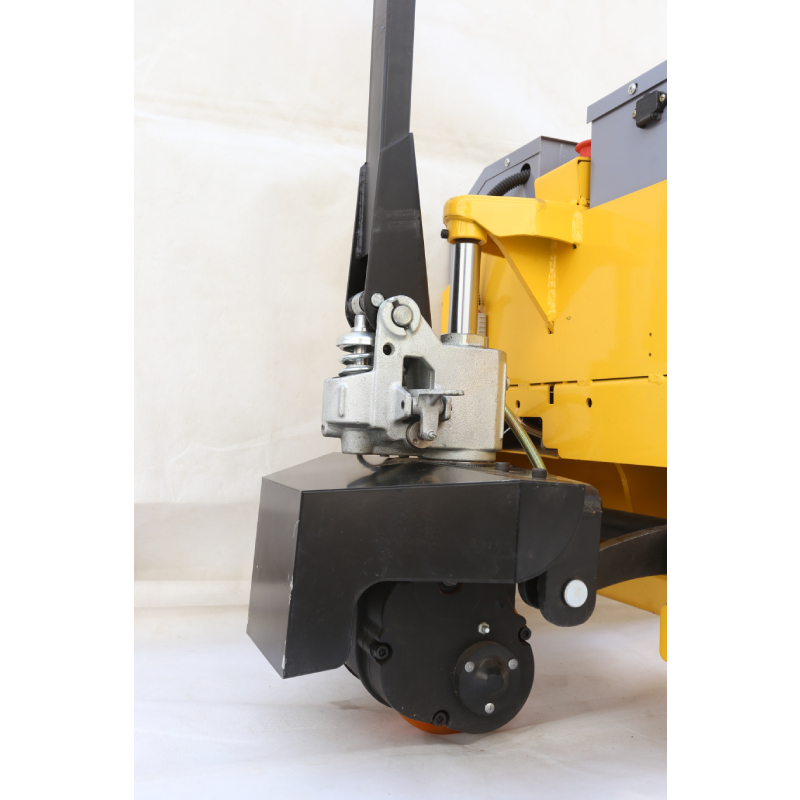


Exploring Pallet Truck Design Efficiency and Ergonomics in Material Handling
In the fast-paced world of logistics and warehousing, the design of tools and equipment plays a pivotal role in enhancing productivity and ensuring safety. Among the most essential equipment in material handling is the pallet truck, also known as a palletJack. This simple yet effective tool is integral to moving goods throughout warehouses, factories, and retail environments. In this article, we will delve into the design elements of pallet trucks, focusing on the aspects that contribute to their efficiency and ergonomics.
Anatomy of a Pallet Truck
A standard pallet truck consists of several key components the forks, the hydraulic system, the handle, and the wheels. The forks are designed to slide under a pallet, enabling the truck to lift and transport heavy loads. The hydraulic system is crucial as it allows the operator to raise and lower the forks with minimal effort, making it easier to handle heavy loads. The handle is ergonomically designed for comfortable gripping, facilitating smooth operation. Finally, the wheels are often equipped with bearings to reduce friction, enabling easy maneuverability.
Efficiency in Design
One of the primary considerations in pallet truck design is efficiency. The layout of the forks must be optimized to accommodate standard pallet sizes while still providing ample support for the weight of the load. Many pallet trucks feature adjustable forks, allowing operators to customize the width for different types of pallets and loads. Furthermore, the hydraulic system is designed to minimize the effort required for lifting, often using a simple lever mechanism that can achieve high lifting capacities with minimal input.
Another important design feature is the turning radius of the pallet truck. A compact turning radius allows for easy maneuvering in tight spaces, making it suitable for warehouses with narrow aisles. Additionally, many modern pallet trucks incorporate advanced technologies such as electric power for lifting and driving, which further enhances efficiency by reducing the physical strain on operators and speeding up the material handling process.
Ergonomic Considerations

Ergonomics is another critical aspect of pallet truck design. The repetitive nature of material handling tasks can lead to physical strain and injuries if proper ergonomic principles are not applied. Therefore, manufacturers often focus on creating designs that promote safe lifting and maneuvering practices. The handle height is adjustable on many models, allowing operators of different heights to maintain a comfortable grip without excessive bending or stretching.
Moreover, the handle's design typically incorporates an ergonomic shape that conforms to the hand's natural grip. This reduces the risk of fatigue and injury during prolonged use. Some modern models also feature cushioned handles, which provide additional comfort and support during operation.
Safety Features
Safety is paramount in any material handling operation, and pallet truck design includes various features to protect both the operator and the load. Many pallet trucks are equipped with built-in braking systems that prevent accidental movement when not in use. Additionally, wider wheels can distribute the load more evenly, reducing the risk of tipping or collapsing under heavy weight.
Pallet trucks with a low profile design are easier to operate, especially in situations involving uneven surfaces. Furthermore, brightly colored or reflective components can enhance visibility, reducing the likelihood of accidents in busy warehouse environments.
Conclusion
The design of pallet trucks is a perfect blend of functionality, efficiency, and ergonomics. As warehouses and logistics operations continue to evolve, so too will the design of these critical tools. Innovations in materials, technologies, and ergonomic principles will undoubtedly shape the future of pallet truck design, making them even more efficient and safe for operators. For businesses that rely on efficient material handling, investing in well-designed pallet trucks is not just a choice; it is a necessity to keep up with the demands of the modern marketplace.



